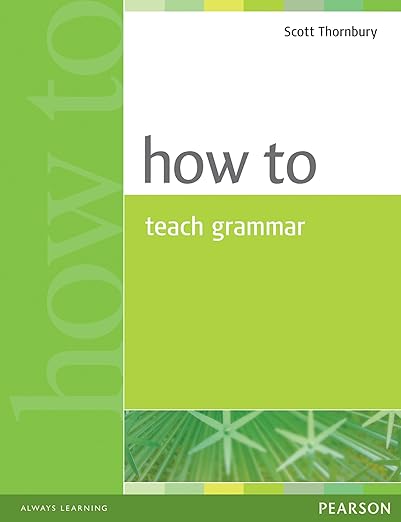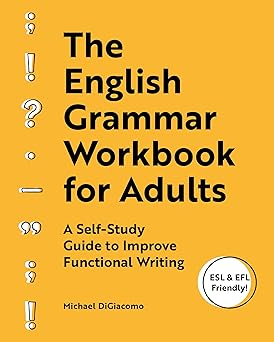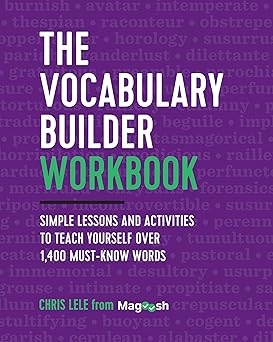By Scott Thornbury (Author)
Overview
Scott Thornbury’s How to Teach Grammar is a compact (≈182 pages) yet comprehensive handbook for English language teaching (ELT) professionals. It offers a thoughtful blend of theory and classroom practice, guiding teachers through key decisions: why teach grammar, what grammar to teach, and how to do it effectively—without falling into prescriptive traps.
Pros
1. Balanced theoretical foundation and practical application
Thornbury opens with clear explanations of grammar’s nature—syntax, morphology, spoken vs. written forms—and its communicative functions . This conceptual grounding is paired with immediately applicable teaching ideas: classroom-ready activities, lesson plans, and sample lessons. According to one reviewer:
“It is a guide for teachers on how to develop or enhance their grammar‑teaching skills… The book strikes a balance between theory and practice.”
2. Coverage of diverse instructional approaches
The book structures its chapters around various methodologies: deductive (“rules first”), inductive (“examples first”), teaching through texts, error correction, grammar testing, and integration with communicative and task-based teaching . This breadth helps teachers choose methods suited to their style, class dynamics, and learner needs.
3. Rich, adaptable classroom examples
Each method is accompanied by multiple “mini-lessons” or sample sequences. Goodreads reviewers highlight this feature:
“Each unit’s got at least four+ sample lessons illustrating a method/approach.”
Teachers appreciate the ease with which these can be adapted to different student profiles or lesson aims.
4. Digestible, well-organized chapters
The clear chapter structure—from “What is grammar?” to “How not to teach grammar”—makes navigation easy. A chapter summaries (e.g., “Looking ahead”) reinforce core concepts . Thornbury’s writing is engaging and avoids jargon-heavy presentation, making it accessible to less experienced teachers.
5. Reflective and critical perspective
Notably, the book doesn’t shy away from questioning grammar instruction itself. Thornbury prompts teachers to evaluate when grammar teaching is warranted and when it may be unnecessary or counterproductive . This tendency toward critical reflection aligns with his broader stance favoring emergent, engaged teaching—prefiguring his later advocacy for the Dogme approach.
Cons
1. Brevity limits depth
At around 182 pages, the coverage is necessarily concise. As one Goodreads reviewer notes:
“It is a concise, step‑by‑step introduction but unfortunately only scratches the surface.”
Teachers seeking very detailed pedagogy, extensive research-backed justifications, or a wider array of grammar topics might find it shallow.
2. Repetitive cautions
Several readers find the frequent caveats (“this works for X, but not for Y”) distracting. One review comments:
“One minor irritation: the constant cautions… but it’s not a good idea for others…”
While these nuanced warnings aim for careful teaching, they sometimes interrupt flow.
3. Limited treatment of advanced grammar
The focus is primarily on intermediate structures—tenses, article use, modals, basic syntax. More advanced or subtle areas, such as reported speech, passive use in context, or corpus-informed grammar, receive less attention. Teachers of higher-level learners may feel the need to complement this book with more comprehensive grammar references.
4. Outdated context/examples
Originally published in 1999 (1st ed.), with a paperback out in 2000, some cultural and classroom examples feel dated. While core methodology hasn’t shifted dramatically, a few sections (e.g. activity materials referencing overhead transparencies) may feel slightly anachronistic . However, the underlying principles remain relevant.
Detailed Chapter Highlights
The book follows a logical progression:
- What is grammar? – Reframing grammar beyond written rules to include spoken forms and communicative function .
- Why teach grammar? – Discusses arguments for and against explicit grammar instruction, keeping learners’ needs central .
- Teaching rules deductively – Emphasizes clarity and teacher direction, suited to beginners. Offers guidance on rule explanations and use of worksheets .
- Teaching from examples (inductively) – Focuses on learner discovery and pattern recognition with varied input .
- Teaching through texts – Encourages using dialogues, authentic texts, dictogloss, and genre awareness to contextualize grammar .
- Practicing grammar & dealing with errors – Presents activity ideas and error handling techniques.
- Integration & testing grammar – How to make grammar part of larger lesson cycles and assessment.
- How not to teach grammar – Thornbury warns against dry drills, decontextualized lists, and ignoring learner needs.
Overall Evaluation
Score: 4.5 / 5
Ideal for: ESL/EFL teachers (pre-service, novice, or experienced) looking for a concise, principled guide to grammar instruction.
Best uses:
-
- As a practical training resource in teacher development courses.
-
- As a refresher for busy teachers seeking adaptable grammar lessons.
-
- As a reflective prompt to question why and how grammar is taught.
Not suited for:
-
- Teachers seeking exhaustive, research-heavy grammar theory.
-
- Those looking for the latest digital technology integration, corpus data, or tech-aided methods.
-
- Advanced-level grammar instruction without supplemental resources.
Pros & Cons Summary
Pros
- Clear blend of theory & practice
- Flexible methods (deductive, inductive, through texts)
- Numerous real-world lesson samples
- Encourages reflective, communication-centered teaching
- Accessible language & structure
Cons
- Limited depth due to brevity
- Frequent caveats may disrupt
- Less focused on advanced grammar
- Slightly dated references
Final Thoughts
Scott Thornbury’s How to Teach Grammar remains a timeless teacher’s companion—even 25 years post-publication. Its greatest strength lies in combining grounded reflection with real classroom application: it helps teachers decide when grammar instruction matters, how grammar can support meaning, and what kinds of grammar input engage learners.
While the book’s concision means that some advanced topics and deep theoretical discussions are omitted, its main purpose—providing actionable grammar strategies—remains well served. It’s a dependable reference, suitable for both new teachers and seasoned pros looking to refresh their approach with communicative, learner-focused methods.
Recommendation: Highly recommended as a teacher-training staple and a go-to toolkit for grammar lesson design—but complement it with more advanced or digitally updated resources for comprehensive coverage.
You can purchase this ebook on Amazon.




